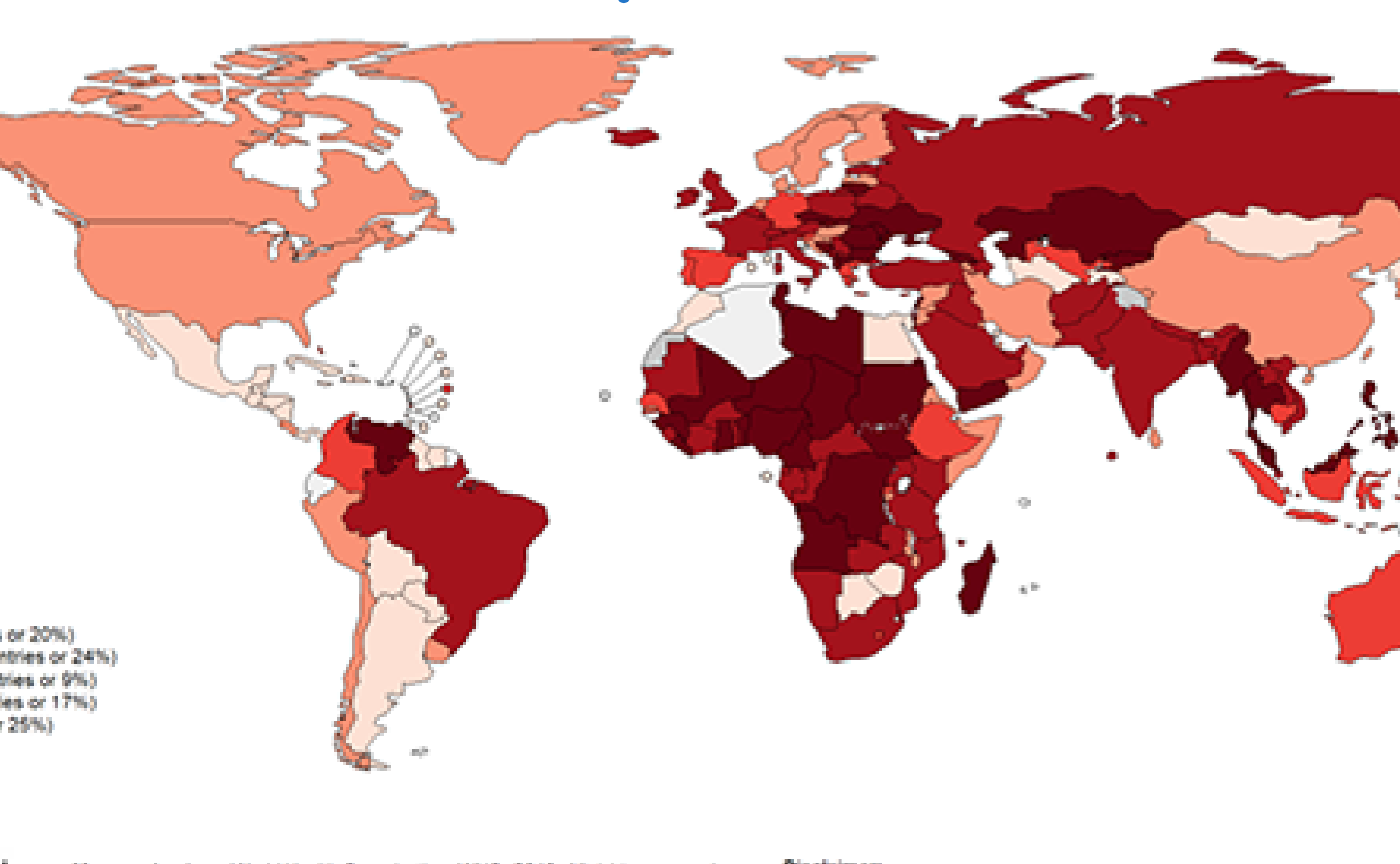The World Health Organization released new measles surveillance data this week, and the outlook is not good. The data shows that there have been more measles cases worldwide in the first six months of 2019 than at anytime since 2006. Worse, there are nearly three times as many measles related deaths than at anytime since last year. Just today, Israeli press is reporting that a flight attendant died after contracting the illness on a flight from New York to Tel Aviv.
After years of global decline due to increased vaccine coverage, measles cases are in a rapid ascent.


The WHO says the largest outbreaks this year have been recorded in the Democratic Republic of Congo, Ukraine and Madagascar, though measles cases have declined sharply in Madagascar over the past few months because of a nationwide vaccination campaign. Other major outbreaks include Angola, Cameroon, Chad, Kazakhstan, Nigeria, Philippines, South Sudan, Sudan and Thailand.
The United States has the highest number of measles cases in 25 years while Europe has had more reported measles cases in the first half of this year (90,000) than all of 2019.
Says the WHO
The largest outbreaks are in countries with low measles vaccination coverage, currently or in the past, which has left large numbers of people vulnerable to the disease. At the same time, protracted outbreaks are occurring even in countries with high national vaccination rates. This results from inequities in vaccine coverage, and gaps and disparities between communities, geographic areas, and among age-groups. When enough people who are not immune are exposed to measles, it can very quickly spread…
The reasons for people not being vaccinated vary significantly between communities and countries including —lack of access to quality healthcare or vaccination services, conflict and displacement, misinformation about vaccines, or low awareness about the need to vaccinate. In a number of countries, measles is spreading among older children, youth and adults who have missed out on vaccination in the past.
…
The actual numbers of cases – captured in global estimates released annually – are considerably higher than those reported through surveillance systems because of incompleteness of reporting. WHO estimates that globally fewer than 1 in 10 cases are reported; the completeness of reporting varies substantially by country. The latest year for which WHO global measles case and death estimates are available is 2017; in that year there were 6.7 million estimated measles cases and 110,000 estimated measles-related deaths, based on 173,330 reported cases. In 2018 there were 353,236 measles cases reported to WHO. Global case and death estimates for 2018 will be released by WHO in November 2019.
With the provisos described above, for the period of January 1 through July 31 2019, 182 countries reported 364,808 measles cases to WHO. For this same period last year, 129,239 measles cases were reported from 181 countries. For the current 2019 period, the WHO African Region has recorded a 900% (i.e. a 10-fold increase) increase, the European Region 120% (more than twofold increase), the Eastern Mediterranean Region 50% (1.5 fold increase), the Western Pacific Region 230% (a threefold increase); the South-East Asia Region and the Region of the Americas each saw a 15% decrease in reported cases.
